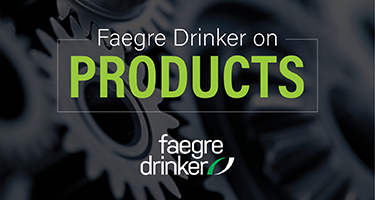On opening an opinion, lawyers habitually roll their eyes when they see a table of contents. Even more so when they learn the opinion is over 300 pages. The MDL order granting defense motions to exclude experts and for summary judgment in In re Zantac (Ranitidine) Products Liability Litig. (S.D. Fla. Dec. 6, 2022), however, is a worthwhile read. The court’s analysis and prose is thorough, clearly reasoned, well-supported, … and highly readable. It reveals a court willing to roll up its judicial sleeves, tackle and explain the fundamental science in detail, and rigorously apply Rule 702 to perform its essential gatekeeping function – to insulate the jury, and the defendants, from flawed advocacy masquerading as scientific evidence and holding retained experts to reasonable standards of intellectual rigor.
The Zantac litigation involves claims that the active ingredient in popular heartburn medication ranitidine breaks down to produce excessive levels of NDMA, a probable human carcinogen, under certain storage and biological conditions. That sounds scary. FDA has set a low daily intake limit of NDMA, a byproduct of, among other things, a common diet.
Continue reading “The Zantac Rule 702 Order: TLBR (Too Long, But Read)”

